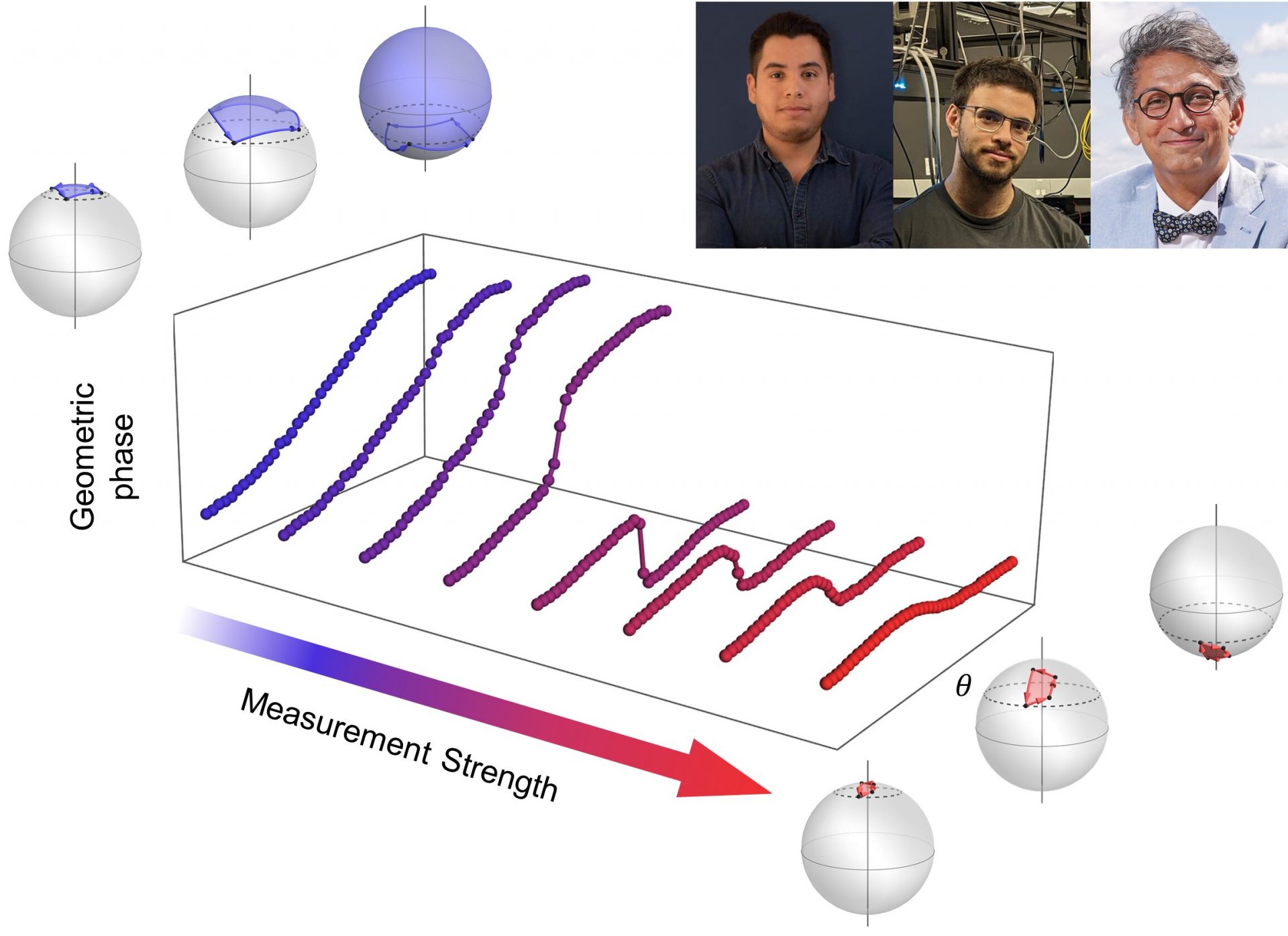Get ready to experience the future of water travel with the Candela P-12, a groundbreaking electric passenger vessel designed by Swedish tech company Candela Technology AB. This impressive vessel can reach speeds of 30 knots, setting a new record for electric passenger vessels, and has a range of up to 92 kilometers (50 nautical miles).
What sets the Candela P-12 apart is its innovative hydrofoils. These wing-like structures mounted below the hull lift the vessel out of the water, reducing drag and allowing it to travel faster. Not only does this make the P-12 incredibly fast, but it also makes it highly energy efficient, using 80 percent less energy than conventional ships at high speeds.
To ensure a smooth and stable journey, the hydrofoils are equipped with sensors and a computer system that constantly monitor wave height and wind speed. This advanced technology helps stabilize the vessel, providing passengers with a comfortable experience even in rough weather conditions. In fact, passengers can expect to experience 90 percent less g-force than they would on a traditional boat.
The Candela P-12 comes in two versions. The Shuttle model can accommodate up to 30 passengers, as well as bicycles and pushchairs. For those seeking a more luxurious experience, there is the Business version, featuring premium interior design and seating for 12 to 20 passengers, along with ample space for suitcases.
With a length of just under 12 meters (39 feet), the Candela P-12 is set to revolutionize water travel. It offers a greener and faster alternative to traditional boats, making it suitable for a wide range of clients, including public transport fleets, VIP services, and private customers.
Stockholm, the capital of Sweden, is a city built across 14 islands, making water-based transport a crucial part of its infrastructure. If the pilot scheme goes according to plan, the Candela P-12 Shuttle will join Stockholm’s public transport network in 2024, providing fast and eco-friendly intra-city connections.
It’s important to note that maritime transport currently accounts for 3 percent of global carbon emissions, a number that is projected to rise to 13 percent in the future. The development of electric ships, like the Candela P-12, is a significant step towards reducing carbon emissions in the maritime industry.








